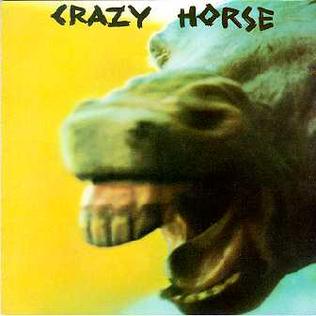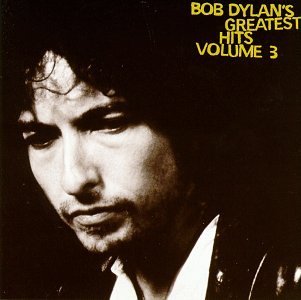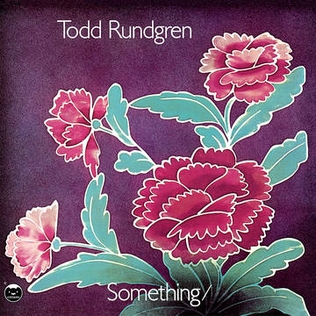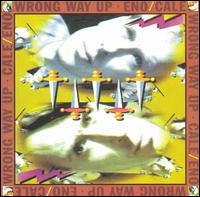 One of the most surprisingly accessible collaborations to emerge at the cusp of the ‘90s was that of Brian Eno and John Cale. Eno had been busy producing U2, and Cale had just come off the press junket for a tribute to Andy Warhol he and old sparring partner Lou Reed had completed the year before. While not the first time these two had worked together, Wrong Way Up was the most “poppy” either had sounded in years, and the first lyrically-oriented songs from Eno since Before And After Science.
One of the most surprisingly accessible collaborations to emerge at the cusp of the ‘90s was that of Brian Eno and John Cale. Eno had been busy producing U2, and Cale had just come off the press junket for a tribute to Andy Warhol he and old sparring partner Lou Reed had completed the year before. While not the first time these two had worked together, Wrong Way Up was the most “poppy” either had sounded in years, and the first lyrically-oriented songs from Eno since Before And After Science.The songs are true collaborations, although the notes are very careful to say who did what, and all but three of the songs were written (and mostly sung) by one or the other. Most are built around a simple synthesized rhythm pattern, with pulsating keyboards and guitars. And it wouldn’t be Cale without a viola, so that turns up here and there.
Of course, even though there are actual lyrics here, that’s not to say we have any idea what the songs are about, these guys being as obtuse as ever. But tracks like “One Word”, “Lay My Love” and especially “Spinning Away” (which has the same chord structure as “The Big Ship” from Another Green World) are undeniably catchy. “Empty Frame” uses the cheesiest fake horns in its rendition of doo-wop as performed on Neptune. “Footsteps” and “Been There, Done That” will remind anyone why they hated the ‘80s, but “Crime In The Desert” makes up for it with some tasty Cale piano.
Although Wrong Way Up wasn’t a hit—and supposedly both Eno and Cale vowed never to work with the other again—it kept both guys current, and gave latecomers to their work something to get excited about. In Eno’s case, it was the beginning of a busy decade. Unfortunately, this album seemed to satisfy his pop interests, turning instead back to ambient experiments.
When the album was reissued as part of an Eno catalog overhaul in 2005, it acquired a slightly different cover and offered different bonus tracks depending on where you were in the world. Along with “You Don’t Miss Your Water”, most famous in the rock era by the Byrds, and a collaboration with Daniel Lanois for the Married To The Mob soundtrack of all things, the US got “Palanquin”, a gorgeous piano piece likely composed by Cale that had only been on a European CD single, while Europe got the enigmatic “Grandfather’s House”, which had been on several CD singles. Fifteen years after that, a so-called 30th Anniversary Edition added only the latter two, for some reason. Meanwhile, several remixes and whatnot remained uncollected.
Eno/Cale Wrong Way Up (1990)—3
2005 expanded CD: same as 1990, plus 2 extra tracks
2020 30th Anniversary Edition: same as 1990, plus 2 extra tracks
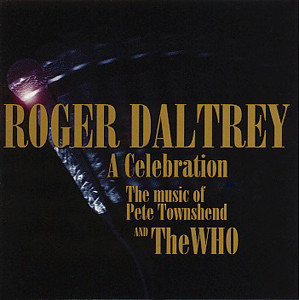




:format(webp):mode_rgb():quality(90)/discogs-images/R-2054384-1403666227-6273.jpeg.jpg)
